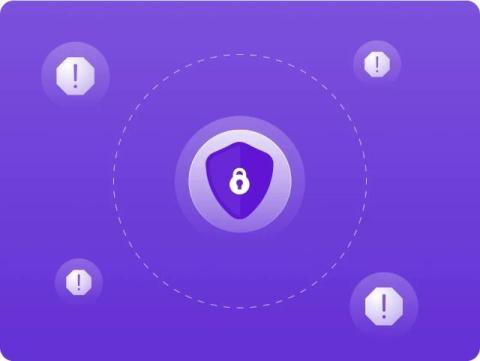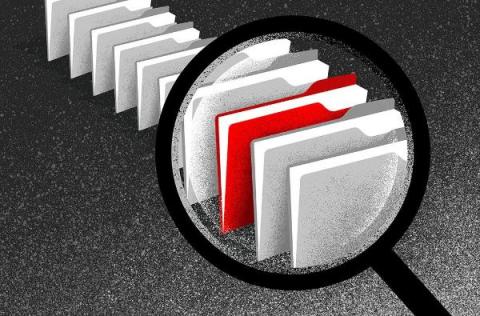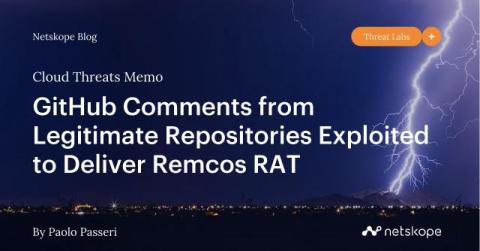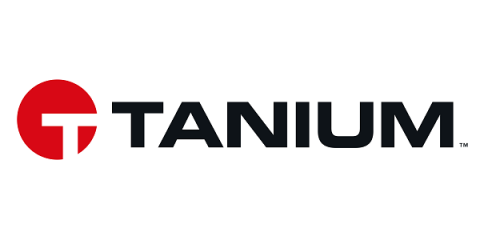DLP 101: How to Prevent Data Exfiltration in the Cloud
These days, your organization's data is its most valuable asset. But what happens when that data slips through your fingers? Picture this: It's Friday afternoon, and your security team receives an alert about an unusual number of downloads from your cloud storage app, Google Drive. As you investigate, you realize it's corporate IP that's being downloaded en masse by a departing employee. This type of exfiltration incident isn't just hypothetical; it's a reality that organizations face on the daily.










